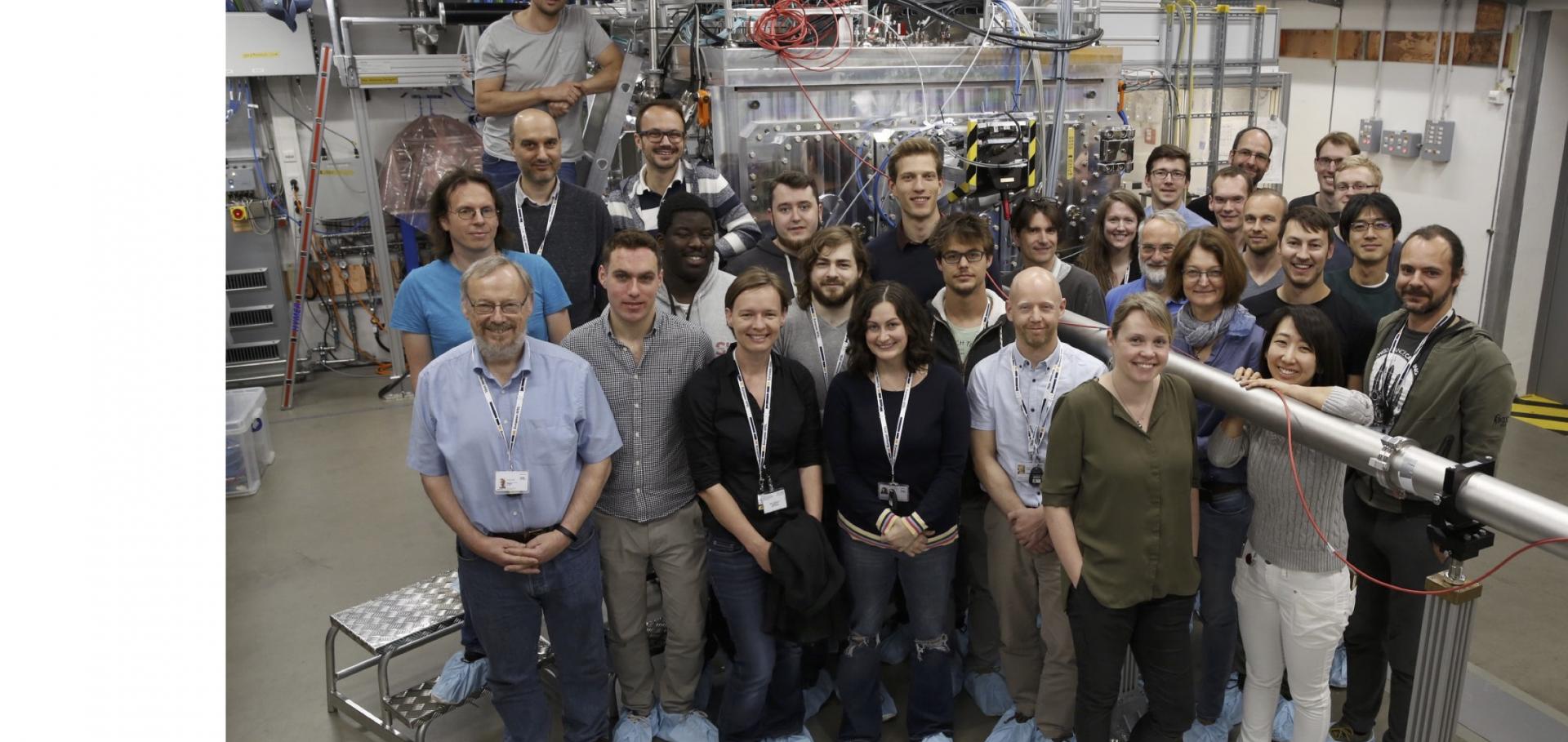Time-resolved XUV Opacity Measurements of Warm-Dense Aluminium
(2020)
Mapping the Electronic Structure of Warm Dense Nickel via Resonant Inelastic X-ray Scattering
(2020)
Non-isentropic release of a shocked solid
Physical Review Letters American Physical Society 123:24 (2019) 245501
Abstract:
We present molecular dynamics simulations of shock and release in micron-scale tantalum crystals that exhibit postbreakout temperatures far exceeding those expected under the standard assumption of isentropic release. We show via an energy-budget analysis that this is due to plastic-work heating from material strength that largely counters thermoelastic cooling. The simulations are corroborated by experiments where the release temperatures of laser-shocked tantalum foils are deduced from their thermal strains via in situ x-ray diffraction and are found to be close to those behind the shock.Ab initio simulations and measurements of the free-free opacity in aluminum
Physical Review E American Physical Society 100:4 (2019) 043207
Abstract:
The free-free opacity in dense systems is a property that both tests our fundamental understanding of correlated many-body systems, and is needed to understand the radiative properties of high energy-density plasmas. Despite its importance, predictive calculations of the free-free opacity remain challenging even in the condensed matter phase for simple metals. Here we show how the free-free opacity can be modelled at finite-temperatures via time-dependent density functional theory, and illustrate the importance of including local field corrections, core polarization, and self-energy corrections. Our calculations for ground-state Al are shown to agree well with experimental opacity measurements performed on the Artemis laser facility across a wide range of extreme ultraviolet wavelengths. We extend our calculations across the melt to the warm-dense matter regime, finding good agreement with advanced plasma models based on inverse bremsstrahlung at temperatures above 10 eV.Molecular dynamics simulations of grain interactions in shock-compressed highly textured columnar nanocrystals
Physical Review Materials American Physical Society 3:8 (2019) 083602


